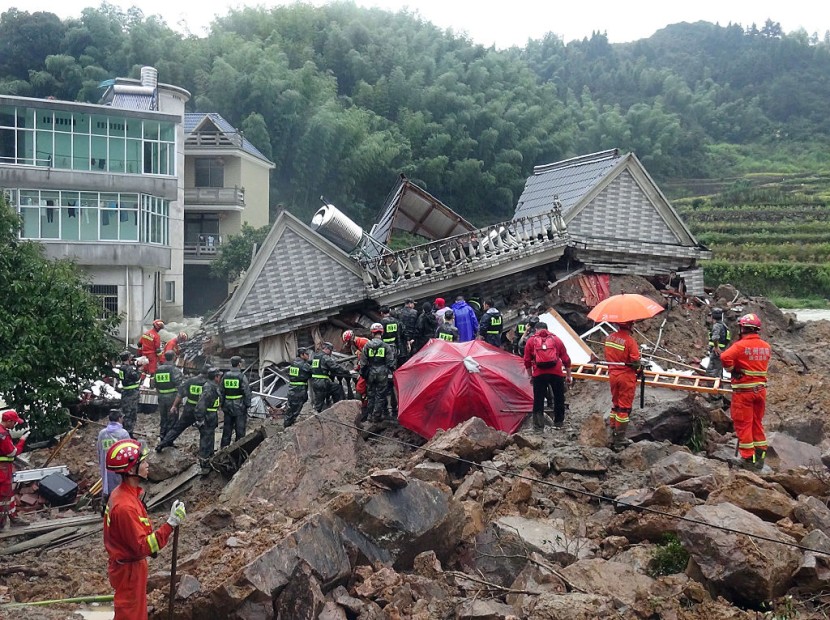
China is facing a grim situation as the country contends with the destructive consequences of heavy rains, mudslides, and flooding.
Recent events have led to the loss of lives, destruction of homes, and massive evacuations across various regions, ABC Net reported.
China Suffers Heavy Rains, Mudslides
In the northwestern city of Xian, a disastrous mudslide triggered by relentless downpours claimed at least 21 lives, while six individuals remain missing. The catastrophe not only resulted in the destruction of houses but also disrupted power supply to around 900 homes and damaged a crucial highway.
Footage from the affected area depicted scenes of devastation, with roads strewn with rubble and debris amid muddy pathways. As rescue operations intensify, nearly 1,000 personnel accompanied by search dogs are tirelessly working to locate the missing individuals.
This tragic incident underscores the severity of the ongoing challenges posed by unusually high summer rainfall in the country. The southwest province of Sichuan faced its own crisis as approximately 81,000 residents were evacuated from high-risk zones.
Heavy rains induced landslides that led to collapsing hillsides and disrupted transportation. Although no news of casualties emerged, the situation remains fraught with risks as communities grapple with the aftermath of the deluge.
In the northeast, Typhoon Khanun, which had previously battered Japan, weakened upon making landfall in Liaoning province.
While the typhoon's intensity diminished into a tropical depression, its remnants brought substantial rainfall that sparked flooding concerns for low-lying cities like Anshan, according to The Guardian.
Heavry Rains in China Prompt Evacuations, Transportation Disruptions
Thousands of residents, nearly 18,000 in Anshan alone, were evacuated in anticipation of potential flooding. The impact of the typhoon extended beyond evacuations, causing disruptions to transportation systems.
In Shenyang, the largest city in the northeast, over 20 train services were canceled. The situation was echoed in Liaoning province, where the city is located.
Meanwhile, Heilongjiang province in the northeast grappled with elevated river and reservoir levels, pushing them above warning thresholds. These worrisome indicators emphasize the extensive challenges that China is facing due to the relentless barrage of summer rains and flooding.
The severity of this year's floods is evident in the widespread toll they have taken. July alone witnessed the loss of 142 lives due to flooding, landslides, and mountain torrents. Regions that are typically affected by seasonal flooding are grappling with an unusual intensity this year, with some areas also experiencing a drought that is detrimental to crops.
The capital city of Beijing and its neighboring Hebei province faced an unprecedented deluge last week, with the highest recorded rainfall in at least 140 years. These intense rains led to disastrous consequences, contributing to fatalities and extensive damage to infrastructure.
In another alarming update, officials in Hebei raised the death toll from Typhoon Doksuri-induced flooding to at least 29. Additionally, the fatalities stemming from flooding in Beijing rose to 33.
These figures serve as a sobering reminder of the grave challenges that China is confronting in its battle against the forces of nature.
As the country continues to navigate the aftermath of these disasters, it becomes apparent that concerted efforts are necessary to mitigate the impact and enhance preparedness for future occurrences, as per Sky News.
© 2025 HNGN, All rights reserved. Do not reproduce without permission.








